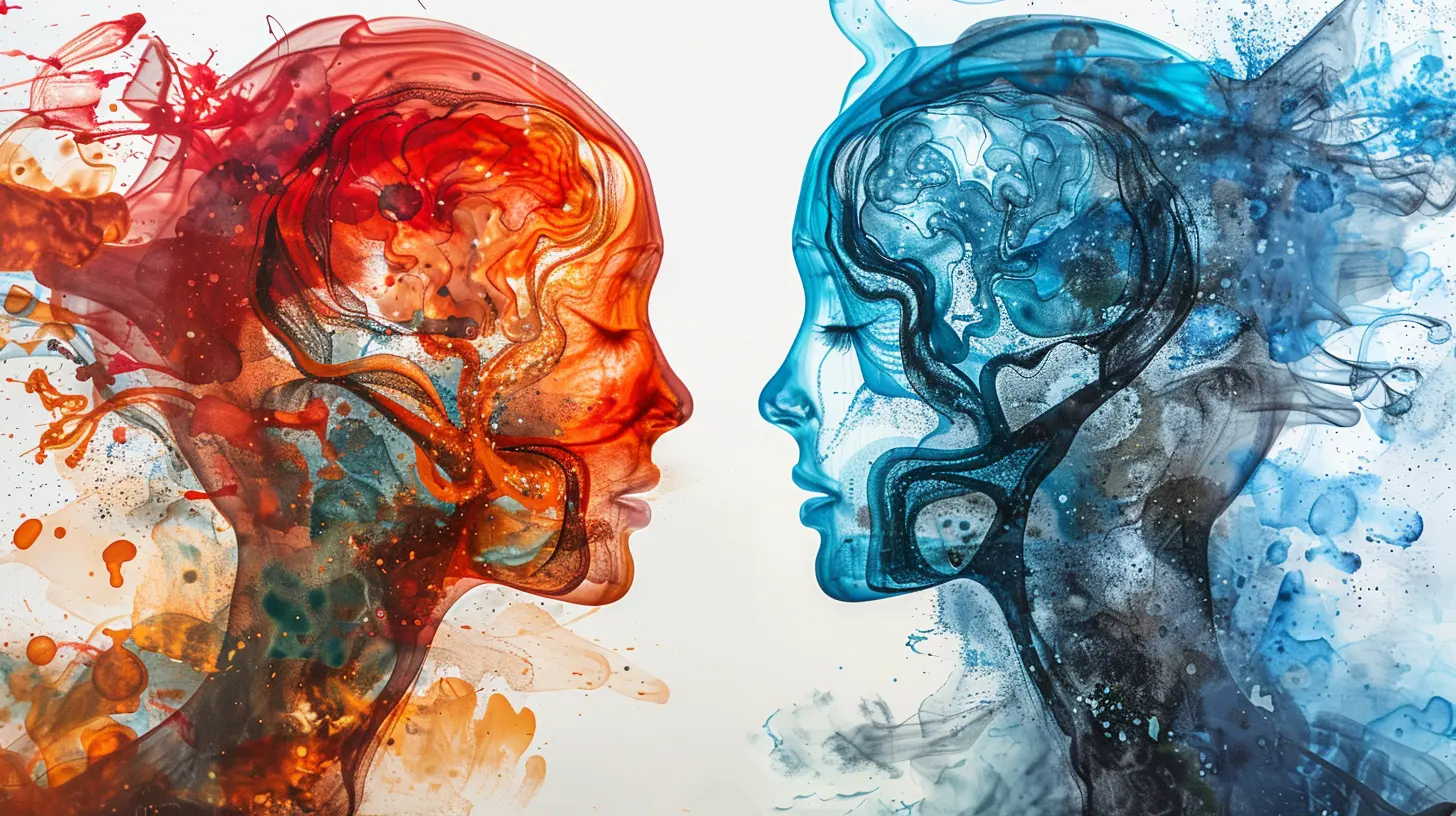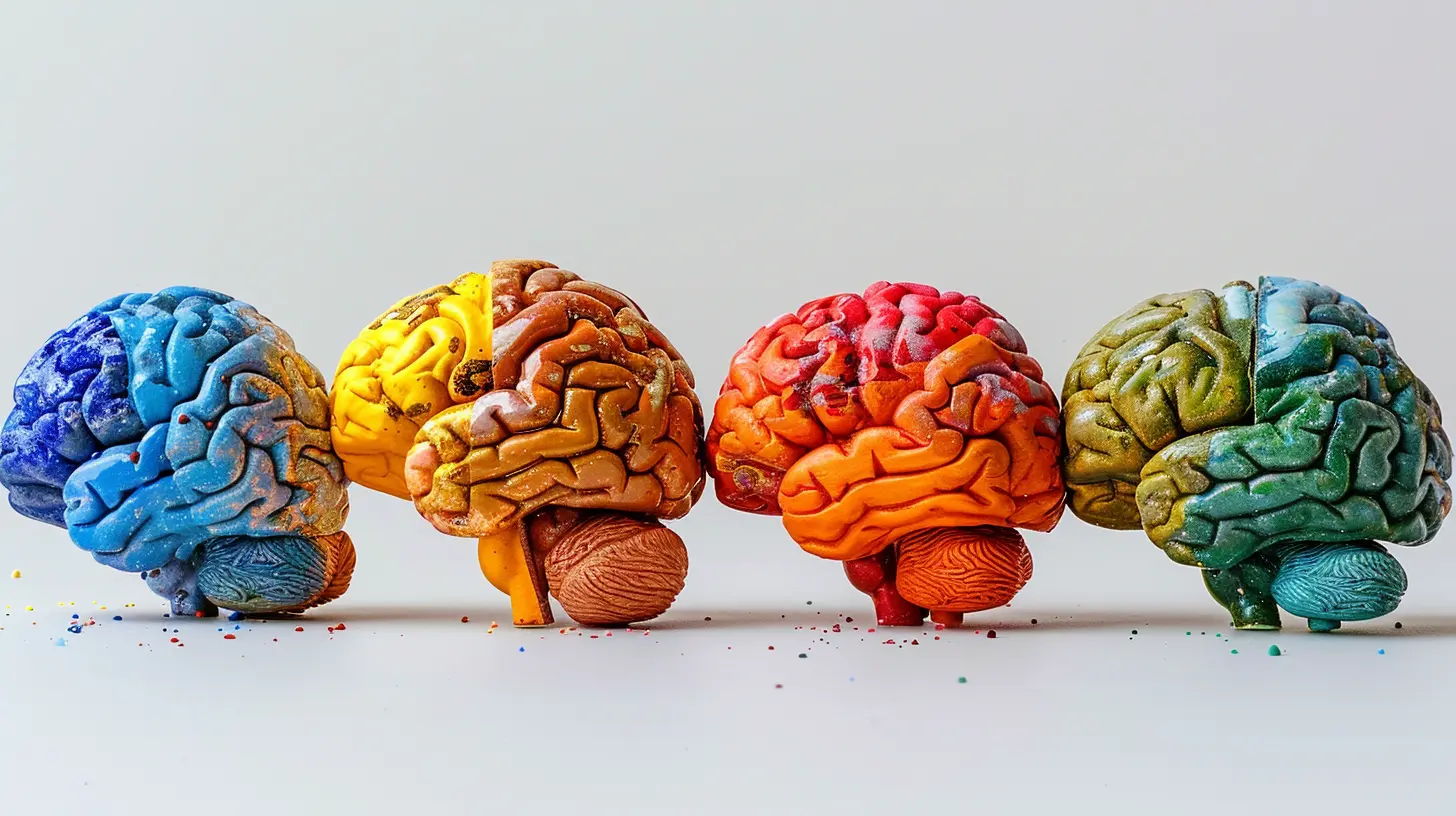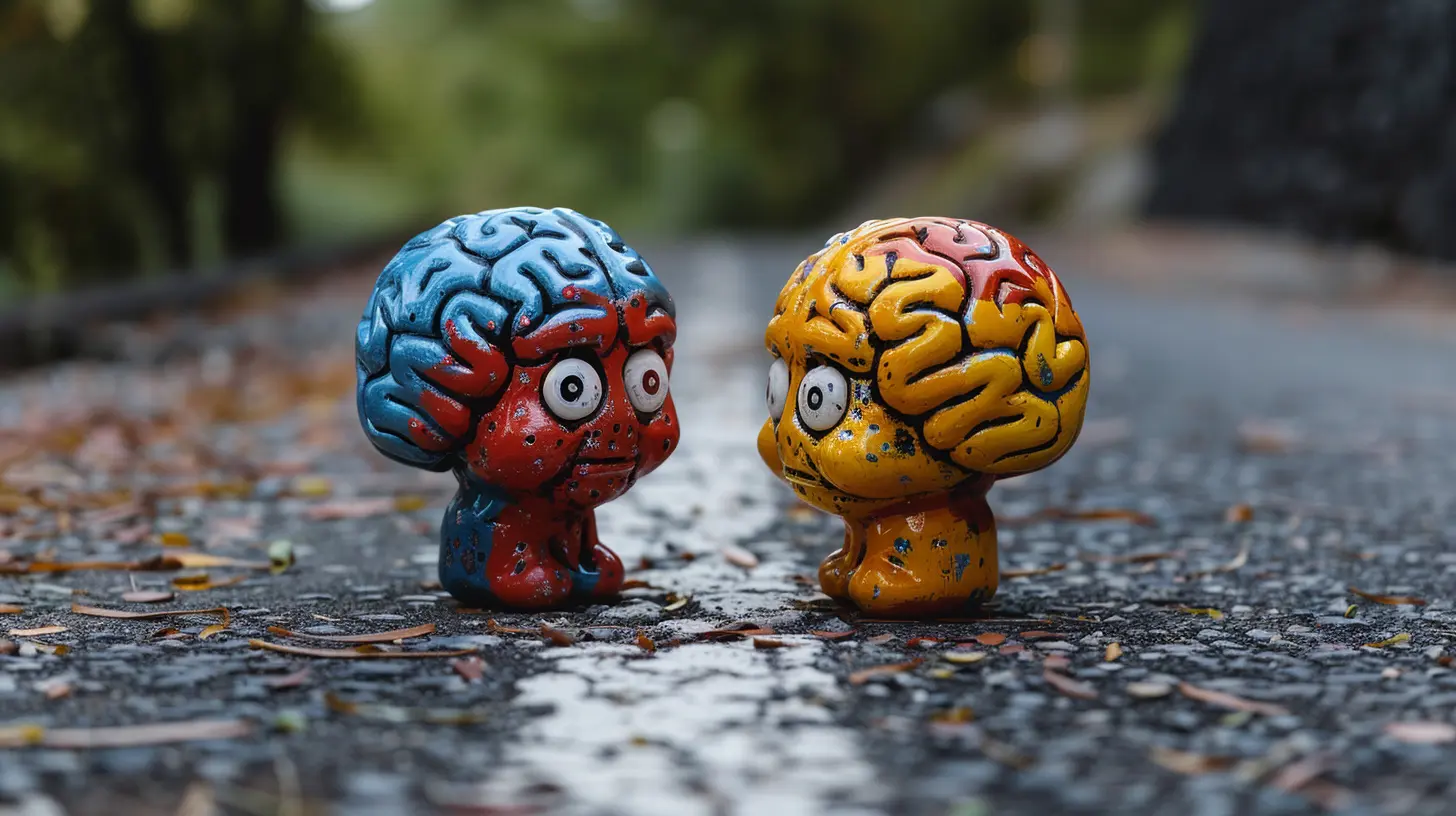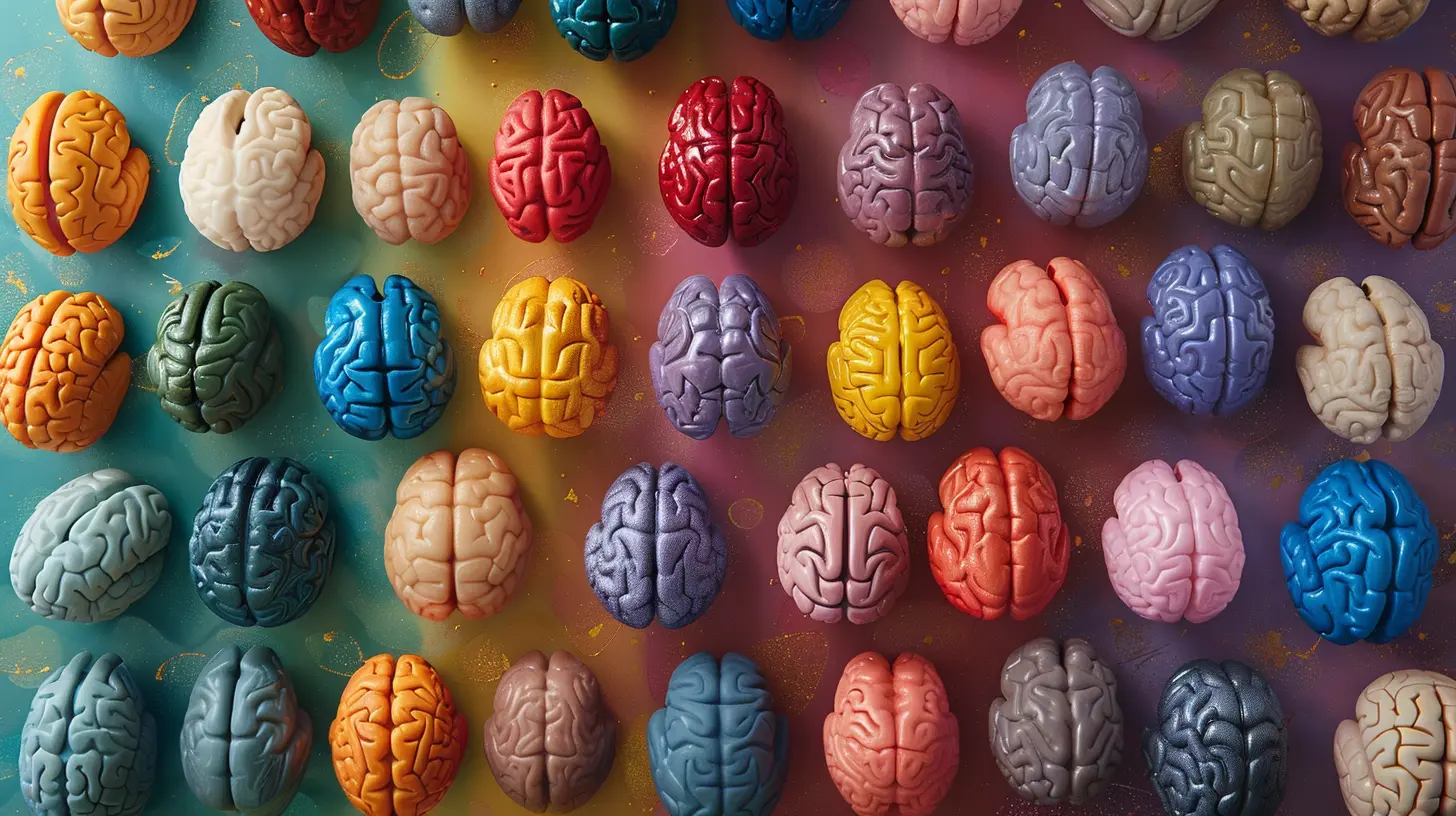The Science of Emotional Intelligence: A Neurological Perspective
14 August 2025
If you've ever wondered why some people seem to have a magical ability to handle social situations, calm others down with just a few words, or lead teams with a natural grace—you're not alone. That "magic" isn't sorcery. It's emotional intelligence, and it's deeply rooted in the wrinkly gray matter inside your skull.
Let’s take an eye-opening walk through the fascinating world where psychology meets brain science. We’re diving deep into the neurological side of emotional intelligence—what it is, where it lives in the brain, and how it shapes the way we connect with people every single day.
What Is Emotional Intelligence Anyway?
Before we start poking around in the brain, let’s get clear on what emotional intelligence (EI) actually means.In a nutshell, EI is your ability to recognize, understand, manage, and influence emotions—both your own and others’. It’s what helps you avoid yelling during a heated argument or motivates you to comfort a crying friend.
Daniel Goleman (a name that pops up a lot when talking about EI) broke it down into five main components:
1. Self-awareness
2. Self-regulation
3. Motivation
4. Empathy
5. Social skills
All these qualities help us navigate the emotional jungle of human interaction. But here’s the twist—the real action happens in your brain.
The Emotional Brain: A Quick Tour
So where exactly in your brain does emotional intelligence live? Spoiler alert: it's not just one area. EI is more like a beautifully coordinated dance across different regions.1. The Amygdala: Your Emotional Alarm System
First up—the amygdala. This little almond-shaped nugget sits deep in your brain and is all about emotion detection, especially fear and stress. Think of it as your brain’s early warning system.Ever felt a jolt of fear before realizing the shadow in your room is just a pile of laundry? That’s your amygdala in full alert mode.
In emotional intelligence, the amygdala plays a key role in emotional reactivity. It tells you, “Hey! Something’s up—pay attention!”
2. The Prefrontal Cortex: The Brain’s Control Center
Next, meet the prefrontal cortex (PFC), located right behind your forehead. This part is the adult in the room—making decisions, filtering responses, and regulating emotions.When you take a deep breath instead of snapping back in anger? That’s your PFC calming your amygdala down. Basically, it’s responsible for the 'intelligence' part of emotional intelligence.
3. The Anterior Cingulate Cortex: The Conflict Mediator
This area acts like a referee. It helps resolve conflicts within your brain—like when your heart wants to scream, but your head says “Play it cool.”The anterior cingulate cortex works with both the emotional and rational parts of your brain to help you stay balanced—essential when managing emotions.
4. The Insula: Feeling What Others Feel
Ever had goosebumps during an emotional movie scene? That might be your insula at work. It’s involved in emotional awareness and empathy. The insula helps you tune into your gut feelings and also resonates with the feelings of others—a cornerstone of empathy.
The Dance of Neurotransmitters
Now, let’s sprinkle in some brain chemistry. Emotional intelligence isn’t just about gray matter—it’s about the juicy chemical cocktails being mixed up in your brain chemistry lab.Dopamine: The Motivation Molecule
This “feel-good” chemical encourages goal-oriented behavior. When you set personal objectives or persist through challenges, dopamine is the silent cheerleader in your corner.Serotonin: The Confidence Booster
A healthy dose of serotonin makes you feel stable and well-regulated—key for keeping your cool in stressful situations and making thoughtful decisions.Oxytocin: The Love Hormone
Known for creating feelings of trust and connection, oxytocin boosts your social bonds and fuels those “warm fuzzy” feelings. It’s like emotional glue.
Emotional Hijacking: When the Amygdala Takes Over
Ever said something in the heat of the moment and instantly regretted it? That’s called an emotional hijack, and it happens when the amygdala takes control before the rational brain (your PFC) has a chance to weigh in.This is where emotional intelligence becomes critical. High-EI individuals are better at managing these hijacks. They have stronger connections between the amygdala and PFC, allowing them to pull the reins before things spiral.
Neuroplasticity: Can You Train Your Brain to Be More Emotionally Intelligent?
Absolutely. One of the coolest things about the brain is its ability to change—what scientists call neuroplasticity.Think of your brain like a muscle. The more you practice EI skills like empathy, self-regulation, and emotional awareness, the stronger those neural pathways become.
Daily Practices That Build EI (and Rewire the Brain)
- Mindfulness meditation: Helps strengthen the prefrontal cortex and reduce amygdala reactivity.- Journaling: Encourages self-awareness and emotional clarity.
- Empathy exercises: Try putting yourself in someone else’s shoes intentionally every day.
- Active listening: Practice fully focusing on others without planning your response.
EI and Leadership: Why the Brainy Boss is a Better Boss
Leaders with high emotional intelligence aren’t just nicer—they’re more effective. They inspire teams, calm tensions, and build trust. Why? Because they’re emotionally tuned in.Their prefrontal cortex is like an experienced captain, steering the emotional ship through storms, while keeping the crew (or team) motivated and engaged.
In fact, studies using fMRI scans have shown that emotionally intelligent leaders show more activity in the brain regions related to empathy, emotional regulation, and decision-making.
Emotional Intelligence in Everyday Life: You Use It More Than You Realize
You don’t have to be a therapist or CEO to benefit from emotional intelligence. It shows up in lots of everyday situations. Here are some examples:- Navigating awkward conversations without blowing up or shutting down.
- Reading a friend’s mood just by looking at their face.
- Staying calm in traffic instead of flipping out when someone cuts you off.
- Giving tough feedback without making it personal.
All of these involve complex neurological processes, even though they might feel natural. That’s the beauty of EI—it can be learned and it becomes second nature with time.
Is Emotional Intelligence More Important Than IQ?
Here’s a thought-provoking question: Would you rather be a genius with poor emotional control or someone with average smarts who totally gets people?Research shows that emotional intelligence often has a greater impact on life success than raw IQ. Why? Because most of life’s challenges involve people, not puzzles.
Daniel Goleman even argues that EI accounts for 80–90% of the differentiators in top-performing leaders.
The Genetics vs. Environment Debate
Is emotional intelligence something you’re born with, or can it be developed?Well, it’s a bit of both. Genetics lays the groundwork—some people are naturally more emotionally attuned. But environment, parenting, cultural exposure, and personal experiences all play huge roles.
Think of it like clay. You may start with a certain shape, but with enough effort and time, you can mold it into something totally new.
The Future of EI: Brain Tech and Emotional Training
With the rise of brain-computer interfaces, neurofeedback apps, and AI-driven emotional analysis tools, we’re moving into an era where training emotional intelligence could become more scientific than ever.Imagine wearing a headset that gives real-time feedback on your emotional state. Sounds like sci-fi? It's already happening in labs and startups around the world.
The goal? Helping people become more attuned to their own emotional patterns and improve emotional regulation over time.
Final Thoughts: Your Brain, Your Emotional Compass
So, here’s the bottom line—you’re not stuck with the emotional reflexes you were born with. Emotional intelligence is a skill, rooted in neuroscience, that you can grow with intention and practice.And your brain? It’s not just along for the ride—it’s the engine driving it all.
By understanding the neurological side of emotional intelligence, you gain a deeper appreciation for how your brain works and how you can work with it (not against it) to become a better communicator, friend, leader, and overall human being.
So next time you find yourself pausing instead of reacting or comforting a friend without saying much—just smile. That’s your beautifully complex brain flexing its emotional muscles.
all images in this post were generated using AI tools
Category:
NeuroscienceAuthor:

Eliana Burton
Discussion
rate this article
1 comments
Calder Hill
This article beautifully highlights the profound connection between our emotions and brain function. Understanding emotional intelligence from a neurological standpoint not only empowers us to enhance our interpersonal skills but also fosters personal growth. Embracing these insights can lead to healthier relationships and improved mental well-being. Keep exploring this vital aspect of human experience!
September 7, 2025 at 4:17 AM

Eliana Burton
Thank you for your insightful comment! I'm glad you found the connection between emotions and brain function meaningful. Embracing these insights is indeed key to personal and relational growth.


